
- Capital City: Canberra
- General Information Official Language: De facto- English
- Currency: Korean Won / (KRW)
- Population (2024): 51.7 million (2024)
Political Overview
Government Type
Unitary state, Presidential system, Constitutional republic
Key Leaders
- President – Yoon Suk Yeol
- Prime Minister – Han Duck-soo
Political Stability Index
0.6 (2022)
International Alliances
- IBRD, OECD, ADB, EBRD, WB, WTO, IMO, IMF, APEC, IAEA, NATO, UN, G20, ILO, WHO
Economic Overview
GDP (Nominal)
$1.87 trillion (2024)
GDP (PPP)
$3.26 trillion (2024)
Key Industries
- Technology & Electronics
- Automotive
- Shipbuilding
- Services
- Manufacturing
Top 5 Importers/Exporters
The top exports of South Korea are Integrated Circuits ($121B), Refined Petroleum ($61.4B), Cars ($52.1B), Broadcasting Equipment ($24.2B), and Motor vehicles; parts and accessories (8701 to 8705) ($20B), exporting mostly to China ($150B, 22.8%), United States ($112B, 16.1%), Vietnam ($60.7B, 8.9%), Japan ($30.5B, 4.5%), and Hong Kong ($28.9B, 4%). In 2022, South Korea was the world’s biggest exporter of Blank Audio Media ($11.6B), Cyclic Hydrocarbons ($9.79B), Special Purpose Ships ($7.36B), Oxometallic or Peroxometallic Acid Salts ($4.68B), and Styrene Polymers ($3.93B).
The top imports of South Korea are Crude Petroleum ($89.1B), Integrated Circuits ($56.4B), Petroleum Gas ($46.9B), Coal Briquettes ($26.8B), and Refined Petroleum ($26.1B), importing mostly from China ($150B), United States ($73.6B), Japan ($50.8B), Australia ($41B), and Saudi Arabia ($36B).
As per 2024, top import countries include China (30.1%), European Union (15.5%), United States (15.1%), Japan (9.7%), Saudi Arabia (6.6%) , Australia (6.5%) Vietnam (6.1%), Taiwan (6.0%) In 2022, South Korea was the world’s biggest importer of Inorganic Salts ($4.02B), Starch Residue ($719M), Hydrides and other anions ($110M), Other Vegetable Fibers Fabric ($18.2M), and Wood Wool ($10.2M)
Social Indicators
Human Development Index
0.929 (19th)
Literacy Rate
98.8% (99.2% of males and 98.4% of females)
Life Expectancy
83.64 years (2024)
Geopolitical Relevance
Strategic Location
Korean Peninsula, North Korea border country, Yellow Sea, East China Sea and Sea of Japan. has proximity to key Asian markets (crucial for trade with China, Japan, and the rest of the Pacific). Near key military chokepoints (Korean Strait and the Tsushima Strait – vital naval passages for military and economic activities )
Key Conflicts
Taiwan Strait with China, Diplomatic isolation (not considered as sovereign state by many, claimed by China to be a part of its territory)
Border Issues
Taiwan-China (claimed by China as part of its territory. The Taiwan Strait remains a geopolitical fault line), Taiwan-Philippines Maritime Dispute (Scarborough Shoal and other outcroppings in the South China Sea)
Military Strength
2023 – armed forces estimate – between 169,000 and 180,000 active personnel and reserves at 1.65 million. Proposed overall defence spending of $19.1 billion for 2024. No formal military alliances, but backed by the U.S. through Taiwan Relations Act
Related Posts
-
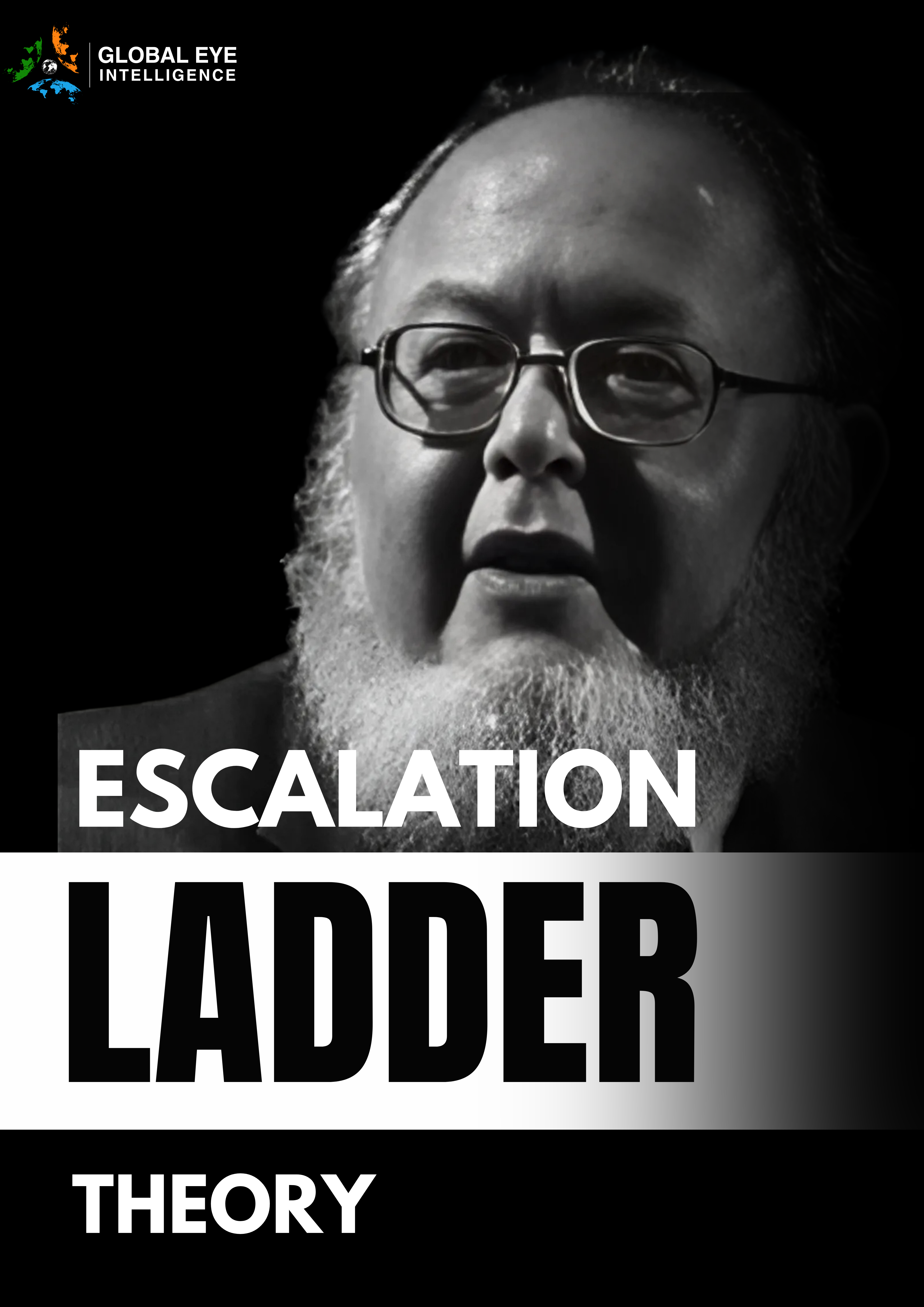
Escalation Ladder Theory
Introduction As the international landscape becomes increasingly multipolar and complex, the dynamics of escalation in conflicts will also evolve. This report examines the intricate escalation ladder between Israel and Iran, highlighting how simultaneous strategies and shifting geographies influence their interactions. The ongoing rivalry between these two strategically sophisticated states exemplifies how capabilities and public rhetoric…
-
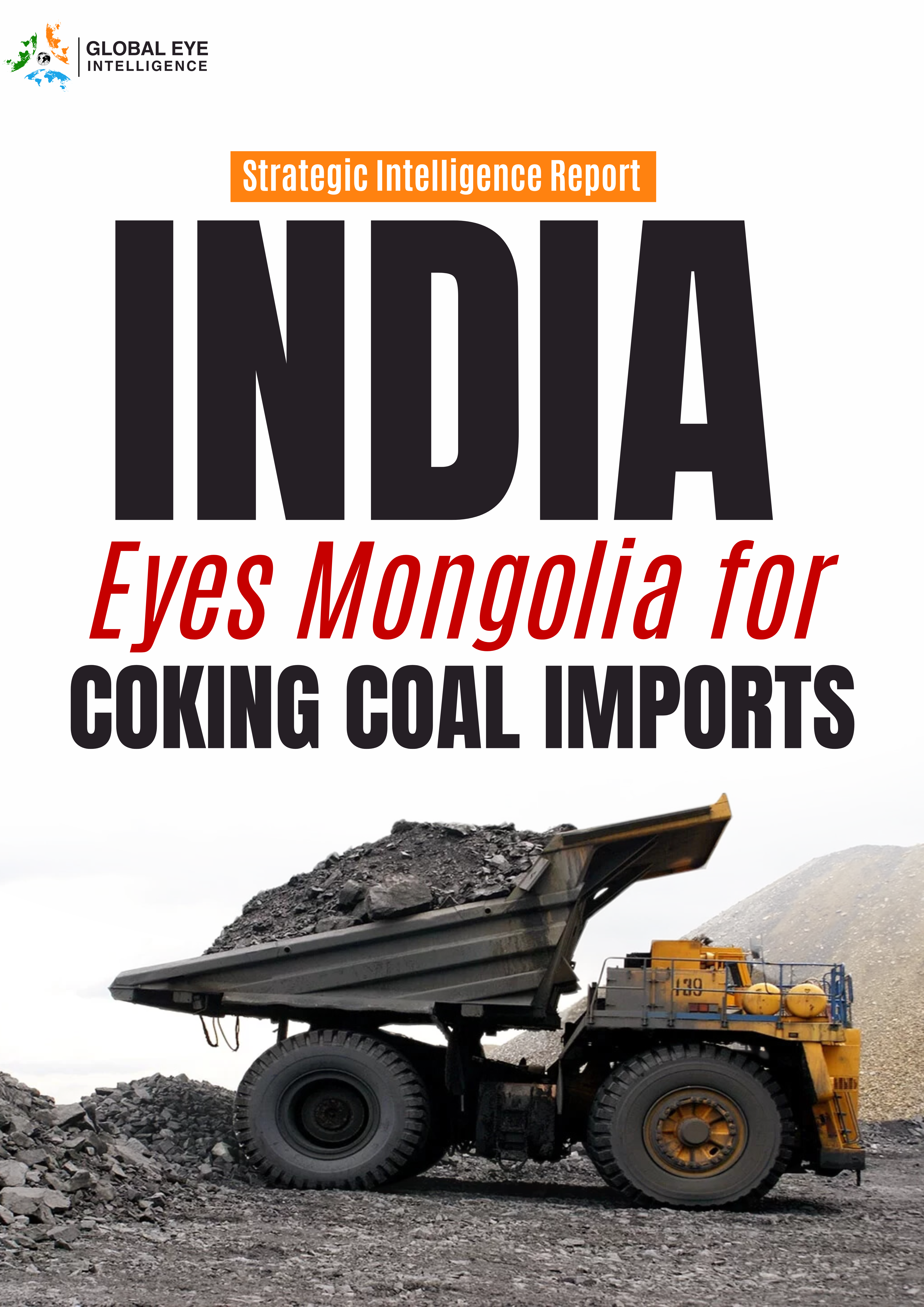
Strategic Pivot: India Eyes Mongolia for Coking Coal Imports
Executive Summary: Indian steel companies consume around 70 million metric tons of coking coal annually, and imports constitute around 90% of the country’s total requirements. Currently, India is heavily reliant on Australia to fulfill its coking coal requirement, which is increasing the overall cost of steel production. Hence, to avoid over-reliance on any single country…
-

ANALYSIS OF SL PRESIDENT DISSANAYAKE’S ECONOMIC STRATEGIES
1. Overview Sri Lanka’s political landscape is currently undergoing a significant transformation following the election of Anura Kumara Dissanayake, a left-leaning political figure. The elections, held on Saturday, 21 September 2024, resulted in Dissanayake securing 42.31% in the first round, while his main competitor, Sajith Premadasa, garnered 32.76%. As no candidate achieves over 50%, the…
-

Six Party Talks
Overview The Six-Party Talks, initiated in 2003, involve North and South Korea, Japan, China, Russia, and the United States. These negotiations aim to address the security concerns surrounding North Korea’s nuclear weapons program through peaceful means. The discussions, which have been stalled for over five years, may be on the verge of resumption amid rising…
-

Restoration of WW2 airfield by US
Executive summary The U.S has been revitalising the World War II airfield in the Tinian island. While this airfield enhances the overall military posture of the U.S forces it also acts as a tool of deterrence against China. This report analyses this event and recommends the necessity of maintaining the balance of power without heightening…
-
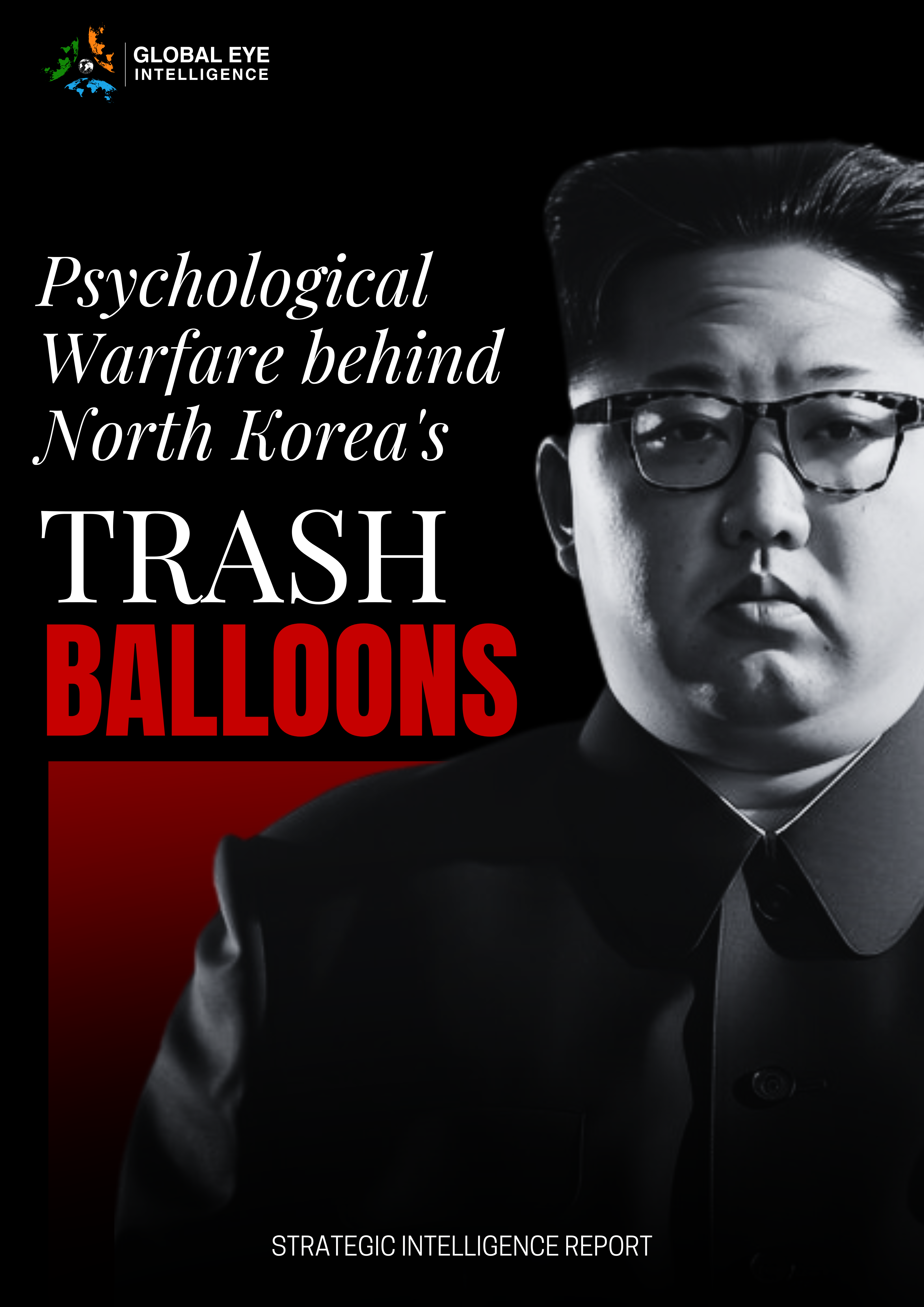
North Korea’s Deployment of Balloons to South Korea
Overview North Korea has resumed the deployment of the balloons across the Demilitarized zone(DMZ) into South Korea.since may 2024, North korea has launched thousands of balloons into south korea. The balloons were filled with trash and biological waste in which they contain hazardous materials including human waste and parasites which is a serious public health…
-

Golan Heights
Executive Summary Golan Heights, a strategic plateau and focal point of conflict for decades, has regained its prominence amidst the political transition in Syria. With Bashar Al-Assad fleeing the country and rebels occupying the space. Israel is eyeing to protect its borders and safeguard its resources, especially the Golan Heights which was captured in the…
-

Echoes of Begin Doctrine in the current Israel-Hamas conlict
Introduction: This report examines Prime Minister Netanyahu’s conflict strategy, drawing parallels to the Begin Doctrine, which advocates for preemptive action and independent defence to counter regional threats.The Begin Doctrine declares any regional enemy that intends to destroy the State of Israel cannot be permitted to obtain weapons of mass destruction, principally, nuclear weapons. The doctrine…
-
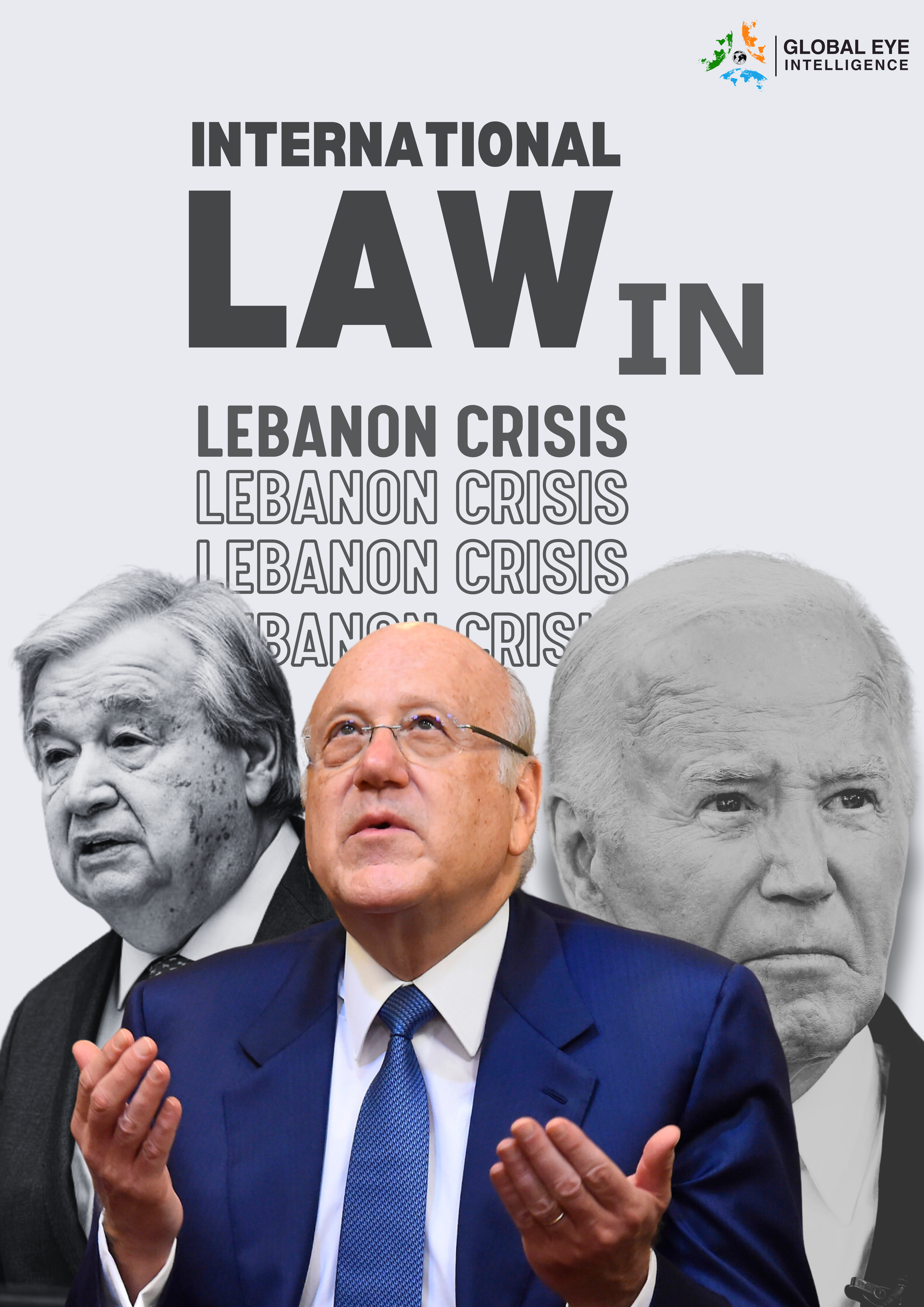
Challenges to International Law Amidst the Lebanon Crisis
Executive Summary: The Lebanon crisis presents significant challenges to international law, exacerbated by external influences, the dominant role of Hezbollah, and intricate geopolitical dynamics. This situation has strained Lebanon’s sovereignty and weakened the enforcement of international legal norms. Despite the presence of United Nations peacekeeping forces like UNIFIL, compliance with international law conventions remains elusive.…
-
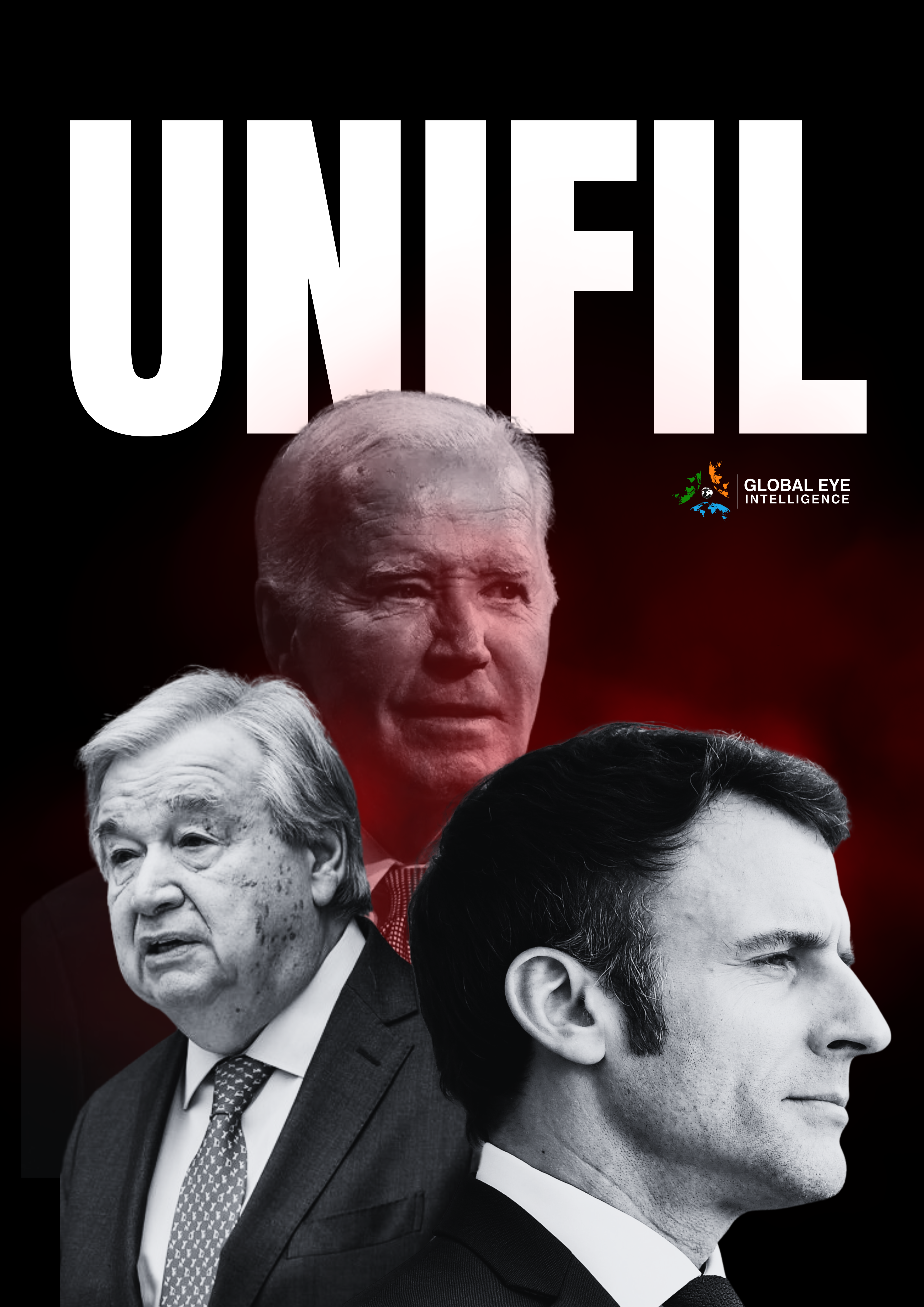
UNIFIL
1. Executive Summary: The Israel-Lebanon conflict is a long-standing and complex situation involving various groups in the region, such as the Lebanese government, Israel, Hezbollah, and other militant organizations. The United Nations Interim Force in Lebanon (UNIFIL) was formed on March 19, 1978, to help stop hostilities between Israel and Lebanon after the Israeli invasion.…

